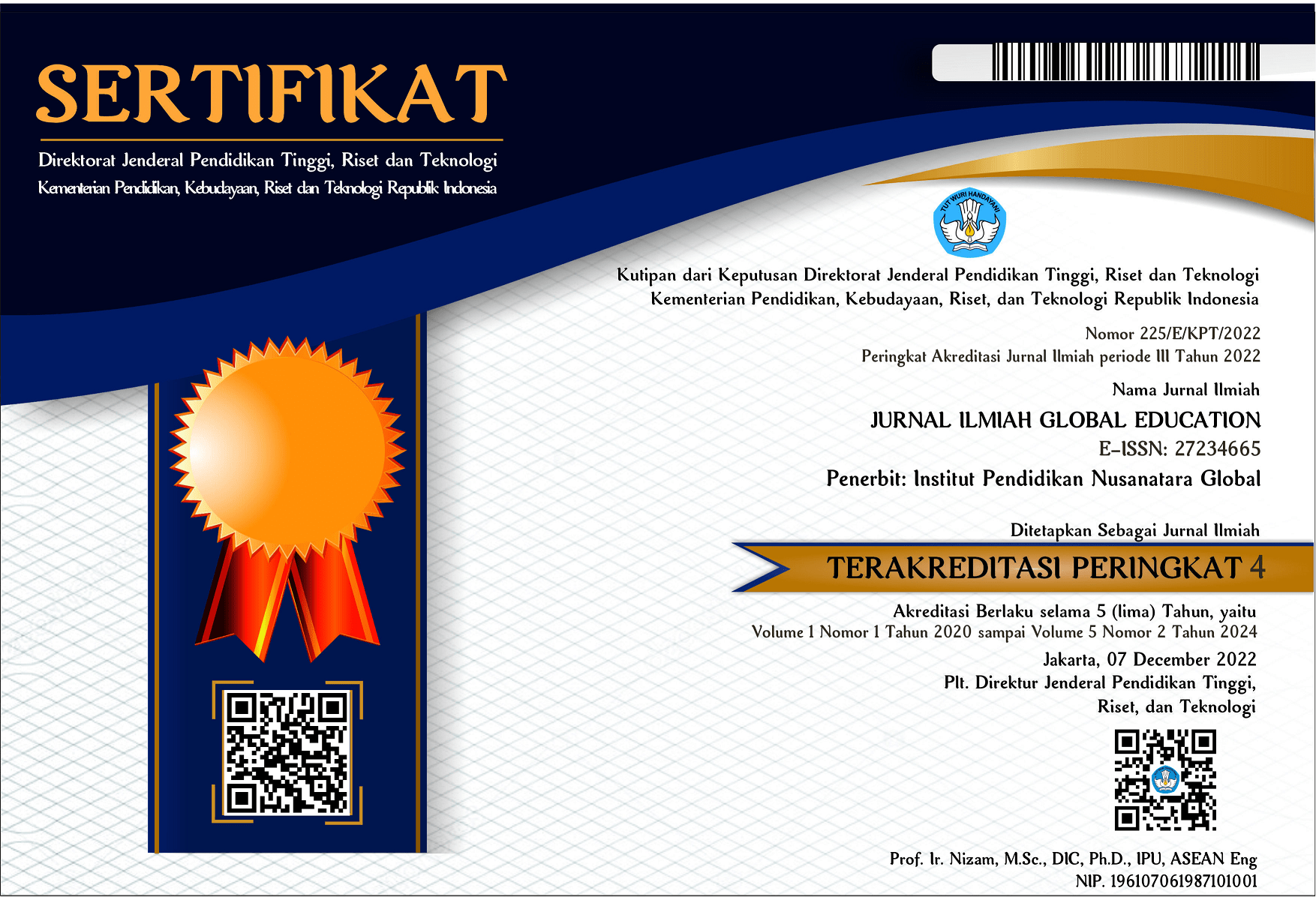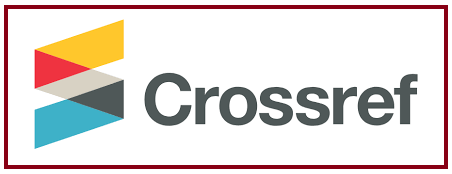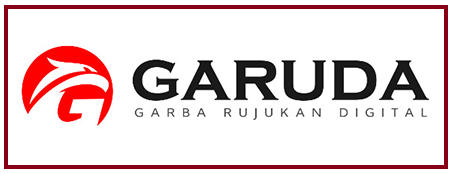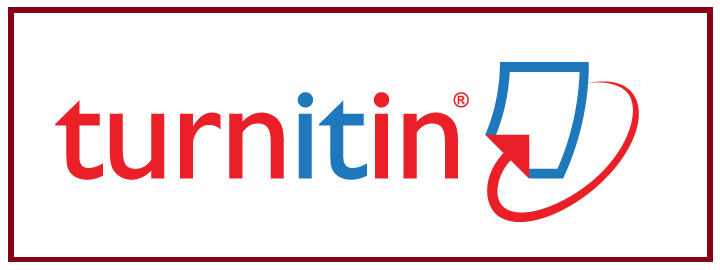THE EFFECTIVENESS OF PEER RIVIEW TECHNIQUE IN IMPROVING THE STUDENTS’ WRITING ABILITY IN RECOUNT TEXT AT JUNIOR HIGH SCHOOL LEVEL
DOI:
https://doi.org/10.55681/jige.v4i1.641Keywords:
Peer Reviewing, Writing Ability, Recount TextAbstract
The objective of this research was aimed to investigate the effectiveness of peer reviewing in improving the students’ writing ability in recount text. The method of the research was quasi-experimental design with control and experimental group and post-test only. The population of this research was the entire eight grade students of SMPN 1 Pringgarata. The cluster random sampling was used in the sampling technique. There were two classes of eight grade students as the sample of this research. They were VIII A that consists of 32 students as the control class and VIII B that consists of 30 students as the experimental class. Test and questionnaire were the instruments of this research. The data collected from the tests were analyzed by using independent sample t test and MANOVA through SPSS. Results show that the independent sample t-test was 0.001 for motivation and 0.000 for the writing ability. Moreover, the result of MANOVA test was 0.000. The results were consulted to the score of the significant value generated Sig. (Pvalue) < α = 0.05. Thus, Ho was rejected and Ha was accepted. In other words, the result of the study revealed that peer review gave significant effect to the students’ wriying ability in recount text. It can be concluded that there is a significant effect to the students’ writing ability who taught using peer review.
Downloads
References
Anderson, M. and Kathy A. (1997). Text Types in English. Australia: Macmillan Education Australia PTY LTD, 1997.
Arikunto, Suharsimi. (2006). Penelitian Tindakan Untuk Guru, Sekolah, dan Dosen, Yogyakarta: Rineka Cipta.
Ary, Donald. (2010). Introduction to Research in Education. 8th Edition. Canada: Wadsworth.
Atkinson, J.W.. (1957). Motivational determinants of Risk-Taking behavior, Journal of Psychological Review, 64, 359-372.
Bandura, A. (1997). Self-efficacy: The Exercise of Control. New York: Henry Holt & Co.
Bartels, Nat. (2003). Written Peer Response in L2 Writing. Germany: English Teaching Forum.
Brown, H. Douglas. (1998). Principle of Language Learning or Teaching. San Francisco: Prentice Hall Inc.
Caulk, N., (1994). Comparing Teacher and Student Responses to Written Work, Journal of TESOL Quarterly, 28, 181-188.
Dawson, Catherine. (2010). MetodePenelitianPraktis: Sebuah Paduan. Yogyakarta: Pustaka Pelajar.
Dörnyei, Zoltán. (2002). Motivation & Motivating in the Foreign Language Classroom. Journal of Modern Language, 78, 515-523.
Elliott, A. J., (1999). Approach and Avoidance Motivation and Achievement Goals, Journal of Educational Psychologist, 34, 169–17
Ellis, G., (1996). How Culturally Appropriate is The Communicative Approach?, ELT Journal, 50 (3), 213-218.
Farida, Amalia. (2006). Cadence. Bandung: CCF.
Farrah, M. (2012). The Impact Of Peer Feedback On Improving The Writing Skills Among Hebron University Students. An – Najah Uni. J. Res.
Ferris, D. R. (2014). Response to Student Writing: Implications for Second Language Students. New Jersey: Lawrence Erlbaum Associates, Inc., Publishers
Hansen, Liu. (2005). Guiding Principles for Effective Peer Response. Oxford University Press.
Harmer, J. (2007). How to Teach English: An Introduction to The Practice of English Language Teaching. Essex: Longman.
Harris, K.R., Graham, S., Mason, L.H., & Friedlander, B. (1979). Powerful Writing Strategies for All Students. Baltimore, MD: Brookes Publishing Co., Inc.
Hedgecock, J.S., (2005). Taking Stock of Research and Pedagogy in L2 Writing. In E.
Hinkel (Ed.), Handbook of research in second language teaching and learning. Mahwah, NJ: Lawrance Erlbaum publishers.
Hidi, S., & Anderson, V. (1992). Situational Interest and Its Impact on Reading and Expository Writing, Journal of The role of Interest in Learning and Development 215–238.
Jacobs, G.M., Curtis, A., Braine, G. and Huang, S.Y. (1998). Feedback on Student Writing: Taking The Middle Path, Journal of Second Language Writing 7: 307–17.
Downloads
Published
How to Cite
Issue
Section
License
Copyright (c) 2023 JURNAL ILMIAH GLOBAL EDUCATION

This work is licensed under a Creative Commons Attribution-ShareAlike 4.0 International License.













